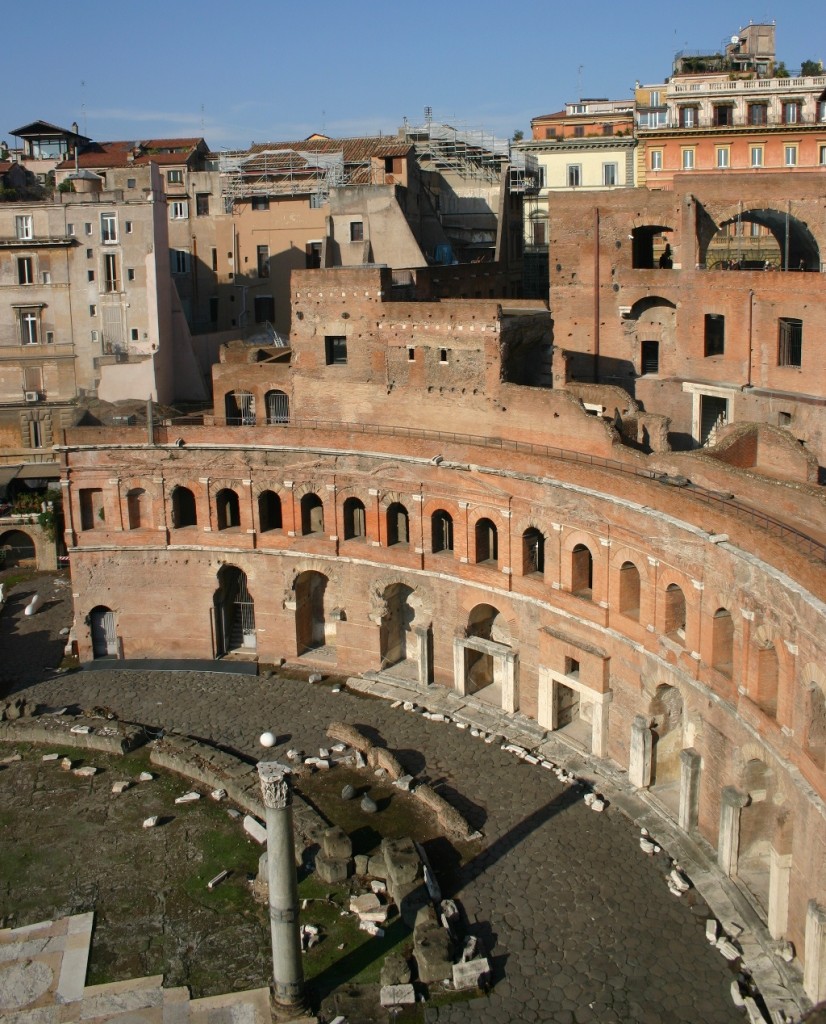
New online tours of Portus launched
We are pleased to have launched a series of online tours to help with navigating Portus in space and time. Produced by myself, with input from the rest of the Portus Project team, the linked tours have been created for the Claudian, Trajanic, and Severan periods, and for the Fifth to Seventh Centuries. There is also a tour providing a virtual visit to the archaeological site as it is today.
Continue reading →








